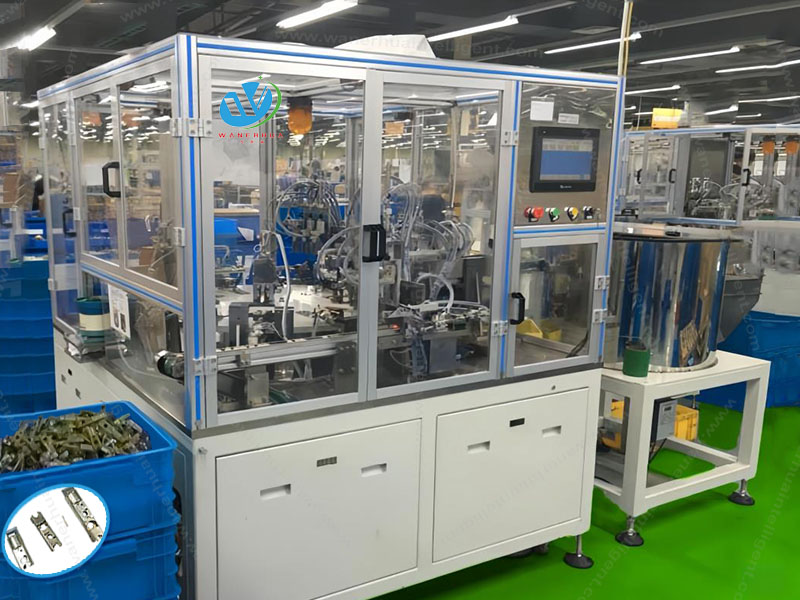The development process of agricultural drones can be divided into several important stages, each with its unique characteristics and milestones.
Initial stage: Concept machine and demonstration machine
Conceptual stage (2010-2012): This stage mainly involves the dissemination of concepts, and the operational capabilities of crop protection drones are very limited, mainly used for small-scale demonstrations and testing within the industry.
Demonstration stage (2013-2015): With the advancement of technology, crop protection drones began to be demonstrated in farmland. Although their operational capabilities have improved, they have not yet reached the standard for large-scale application.
Development stage: trial application and batch application
Trial application stage (2016-2017): Plant protection drones began to be practically applied in farmland, and more and more practitioners entered this industry, further verifying the industry model and operational capabilities.
Batch application stage (2018-2020): Plant protection drones have the ability to make money, their business models and service capabilities are gradually maturing, and more social resources are entering this industry.
Mature stage: Wide application and future trends.
Widely used stage (2021 present): Plant protection drones have been fully accepted by the industry and cannot be replaced. All social resources know their purpose and have become a mature industry.
Future trend: Plant protection drones will further become intelligent and precise, improving operational efficiency and effectiveness while reducing costs and meeting the diverse needs of farmers.
Technological progress and market application
The development of crop protection drone technology is also accompanied by the continuous expansion of the market. Abroad, Japan developed the world's first crop protection drone in 1987 and currently has over 5000 in stock. Since 2004, China has been researching and promoting unmanned aerial vehicles (UAVs) for crop protection. By 2019, the number of UAVs in operation had reached 55000, covering an area of 33 million hectares. The advancement of policies and technology has also driven the rapid development of crop protection drones in China.
Key technologies and market acceptance
The key technologies of crop protection drones include power systems, flight control, and spraying systems. In the early days, it was mainly oil powered aircraft, but with the rise of electric drones, electric drones gradually became the mainstream in the market due to their cost-effectiveness and environmental friendliness. In terms of market acceptance, farmers have gradually shifted from a wait-and-see attitude to acceptance and recognition, and crop protection drones have become an indispensable tool in agricultural production.




